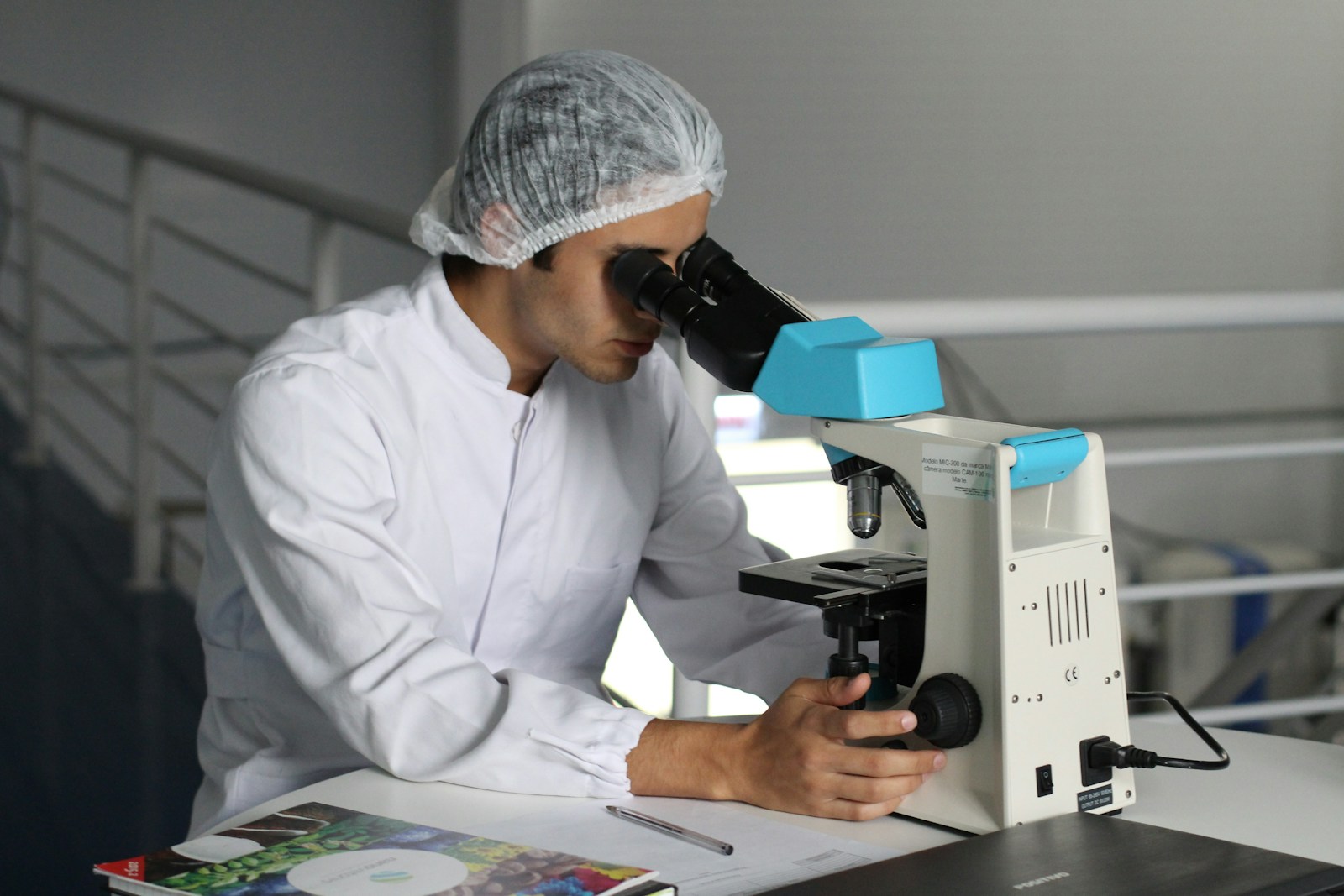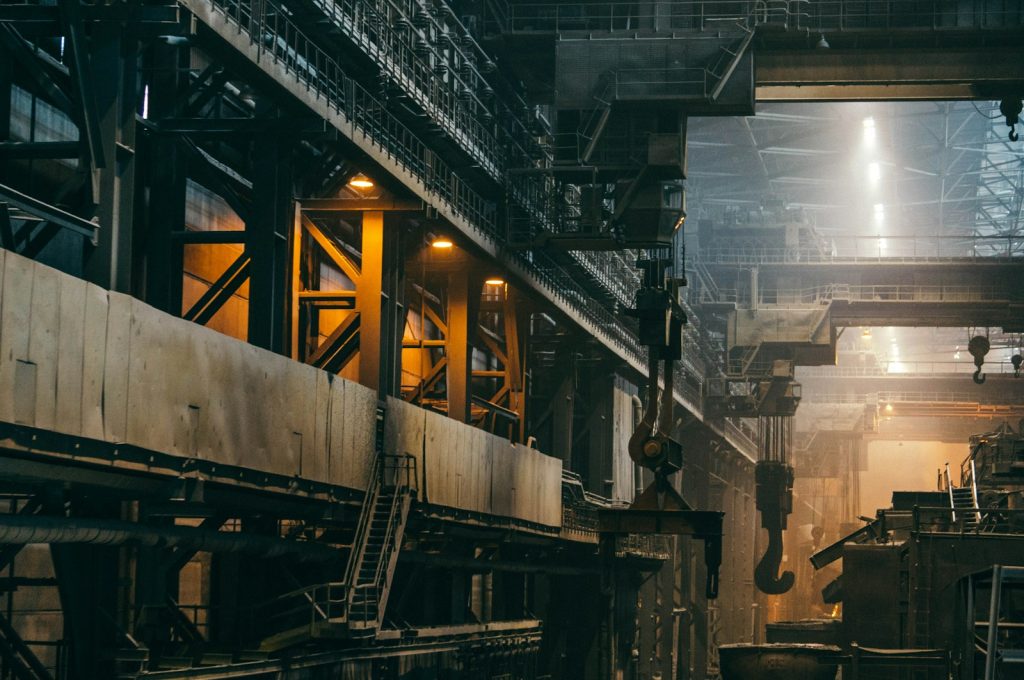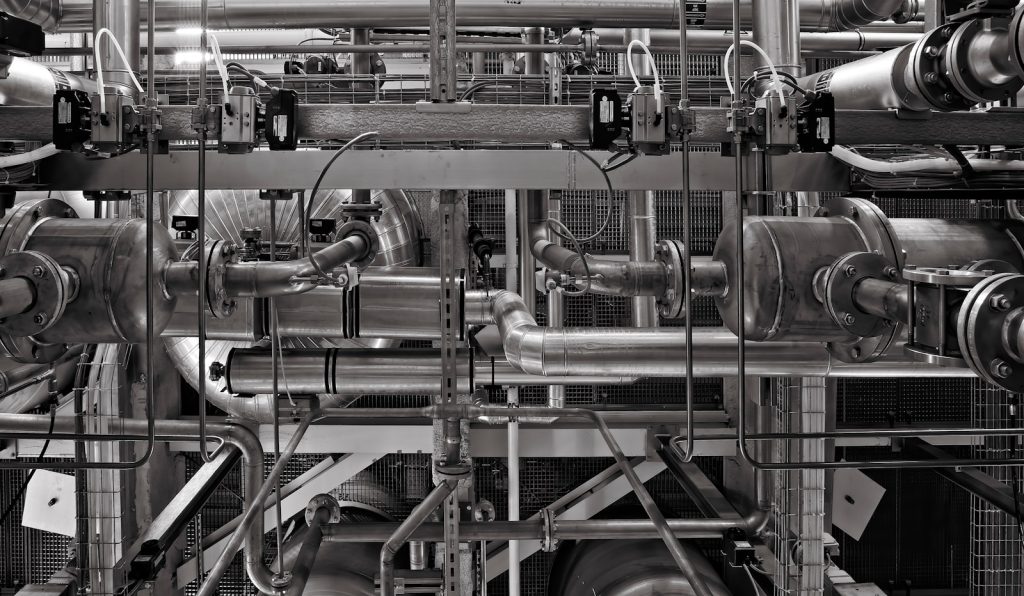
The Science of Containment Achieving Unwavering Reliability
In industrial settings where safety and efficiency are paramount, understanding the science of containment becomes a critical factor in operational success. The science of containment: achieving unwavering reliability isn’t just a technical concept—it’s the foundation upon which industries like oil and gas, chemical processing, and power generation build their safety protocols and operational standards. This intricate science involves multiple engineering disciplines, materials science, and rigorous testing to ensure that hazardous substances remain precisely where they belong: contained within their designated systems. Advanced solutions such as ba-202 materials and kammprofile gaskets play a crucial role in maintaining secure seals and preventing leaks, demonstrating how specialized components underpin the overall reliability of industrial operations.
The fundamental principles behind effective containment
Containment systems rely on several core engineering principles that work in harmony to create reliable barriers against leakage. These systems must withstand extreme temperatures, pressures, and chemical exposure while maintaining their structural integrity. The science begins with understanding the behavior of materials under stress and how different substances interact at their boundaries. Engineers must consider factors like thermal expansion, chemical compatibility, compression set resistance, and long-term stability when designing containment solutions.
Reliable containment is never achieved by chance. It results from meticulous design calculations, material selection processes, and manufacturing precision. for critical applications, the margin for error approaches zero, requiring a comprehensive understanding of both the theoretical and practical aspects of containment science. This is particularly evident in the design and implementation of specialized sealing technologies like kammprofile gaskets, which represent the culmination of decades of engineering refinement and field testing.
Advanced sealing technologies: the cornerstone of reliable containment
At the heart of modern containment systems are advanced sealing technologies engineered to provide maximum reliability under challenging conditions. Kammprofile gaskets exemplify this science, combining a serrated metal core with a softer facing material to create an exceptionally effective seal. These precision-engineered components maintain their sealing integrity even when subjected to thermal cycling, vibration, and pressure fluctuations that would cause conventional gaskets to fail.
The science behind kammprofile gaskets involves precise control of surface profiles, optimized serration patterns, and carefully selected facing materials. The metal core provides structural stability while the softer facing conforms to flange imperfections, creating a leak-tight seal. This dual-material approach addresses one of the fundamental challenges in the science of containment: achieving unwavering reliability through a balance of rigidity and conformability.
When properly specified and installed, these advanced gaskets can maintain effective seals for years or even decades, significantly reducing maintenance requirements and virtually eliminating the risk of unexpected containment failures. This reliability translates directly to improved safety, reduced environmental impact, and enhanced operational efficiency—the ultimate goals of containment science.

Material selection science for extreme operating conditions
The science of containment extends deeply into materials engineering, where the selection of appropriate compounds can make the difference between success and catastrophic failure. In applications involving aggressive chemicals, extreme temperatures, or high radiation environments, standard materials often prove inadequate. This has driven the development of specialized compounds and alloys specifically designed for these challenging conditions.
Consider the advanced material formulations used in products like the ba-202, a specialized sealing material designed for critical containment applications. This compound represents the culmination of extensive research into polymer science, combining specific elastomers with performance-enhancing additives to achieve exceptional chemical resistance and temperature stability. The science behind such materials involves understanding molecular structures, cross-linking mechanisms, and degradation pathways to engineer compounds that maintain their physical properties despite extreme environmental challenges.
Materials scientists working in containment technology must navigate complex trade-offs between competing properties. Increasing chemical resistance, for instance, might come at the cost of reduced flexibility or compression set resistance. The science of achieving unwavering reliability demands finding the optimal balance for each specific application, often requiring custom material formulations tailored to the exact service conditions.
Testing methodologies that validate containment performance
The science of containment requires rigorous validation through sophisticated testing protocols that simulate real-world conditions. These tests must accurately predict how containment systems will perform over years or decades of service, often in just days or weeks of laboratory evaluation. This accelerated assessment demands a profound understanding of failure mechanisms, material aging processes, and statistical reliability analysis.
Modern containment science employs a battery of standardized and custom tests to evaluate sealing performance. Pressure decay testing quantifies leak rates with extraordinary precision, while thermal cycling tests assess how seals respond to temperature fluctuations. Chemical immersion testing evaluates long-term compatibility, and compression set testing predicts recovery characteristics after extended periods under load.

For critical applications using kammprofile gaskets or specialized materials like ba-202, these tests are often taken further, incorporating additional factors such as vibration, flange rotation, and simultaneous exposure to multiple stressors. The science of achieving unwavering reliability necessitates this comprehensive approach to testing, ensuring that containment systems perform as expected even under worst-case scenarios.
The economic implications of reliable containment
Beyond the technical aspects, the science of containment: achieving unwavering reliability carries significant economic implications for industries where downtime can cost millions and failures can lead to catastrophic consequences. Investment in superior containment technology represents one of the most cost-effective risk mitigation strategies available to process industries.
When you consider the total lifecycle cost of industrial systems, properly engineered containment solutions deliver exceptional return on investment. A single containment failure can result in production losses, environmental remediation costs, regulatory penalties, and reputational damage far exceeding the incremental cost of premium sealing technologies. This economic reality has driven continuous advancement in the science of containment, with organizations recognizing that reliability isn’t merely a technical consideration but a business imperative.
The science of containment continues to evolve as industries face ever more demanding operating conditions and stringent regulatory requirements. By embracing the latest developments in this field and applying them thoughtfully to critical applications, organizations can achieve the unwavering reliability essential for safe, efficient, and profitable operations in today’s complex industrial landscape.
